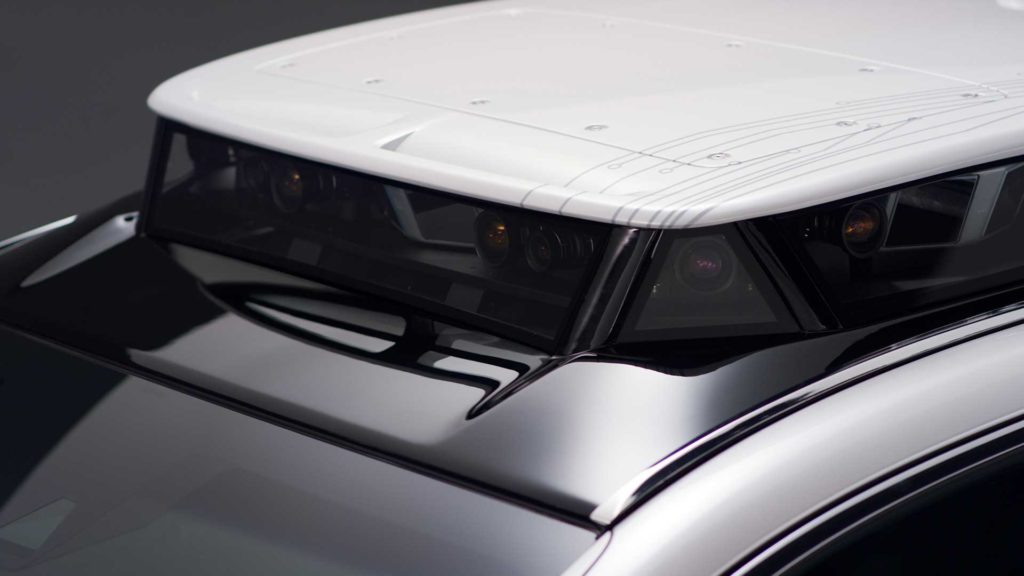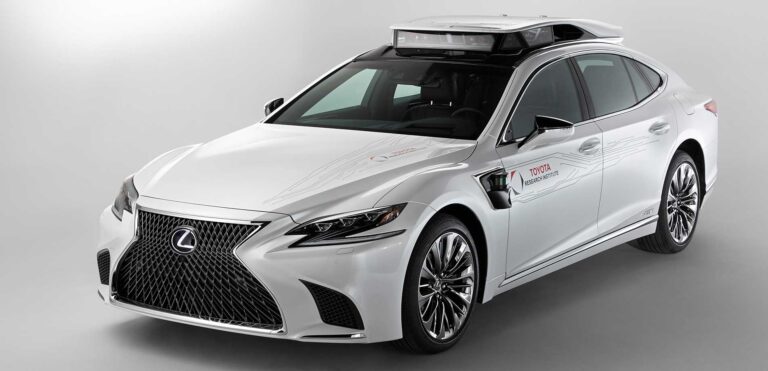Toyota Research Institute (TRI) has unveiled its latest automated driving test vehicle, called the TRI-P4, as part of its continuing development of next-generation driving systems.
The P4 upgrades on the previous 3.0 research vehicle by using a Lexus LS500h as its platform, equipped with two additional cameras to improve situational awareness on the sides and two new imaging sensors – one facing forward and the other to the rear – specifically designed for autonomous vehicles. The imaging sensors feature new chip technology with a high dynamic range. The radar system has been optimized to improve the field of view, especially for close range detection around the vehicle perimeter.
The P4 also has improved computing power with its systems able to operate more machine learning algorithms in parallel for faster learning. It can process sensor inputs faster and react more quickly to the surrounding environment.
The P4 vehicle will be used to help TRI in its Guardian and Chauffeur automated driving systems. “Our Chauffeur development is focused on full autonomy, where the human is essentially removed from the driving equation, either completely in all environments, or within a restricted driving domain,” said Ryan Eustice, senior vice president of automated driving at TRI.
“Guardian, on the other hand, is being designed to amplify human performance behind the wheel, not replace it. The introduction of the P4 platform will help us accelerate the development of both tracks when it joins our fleet this spring.”



